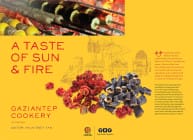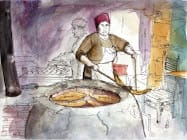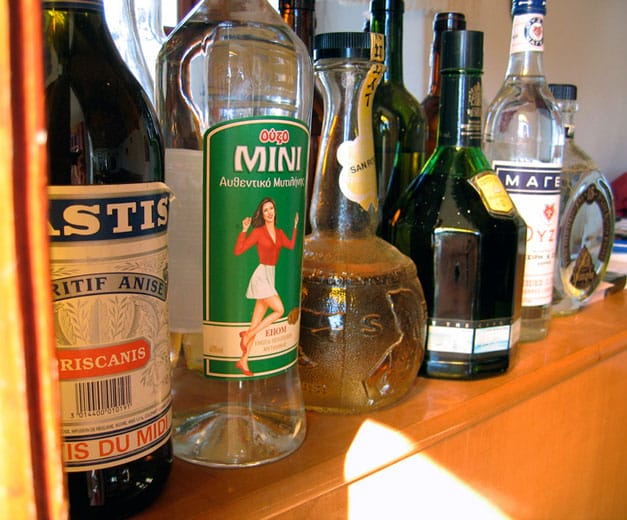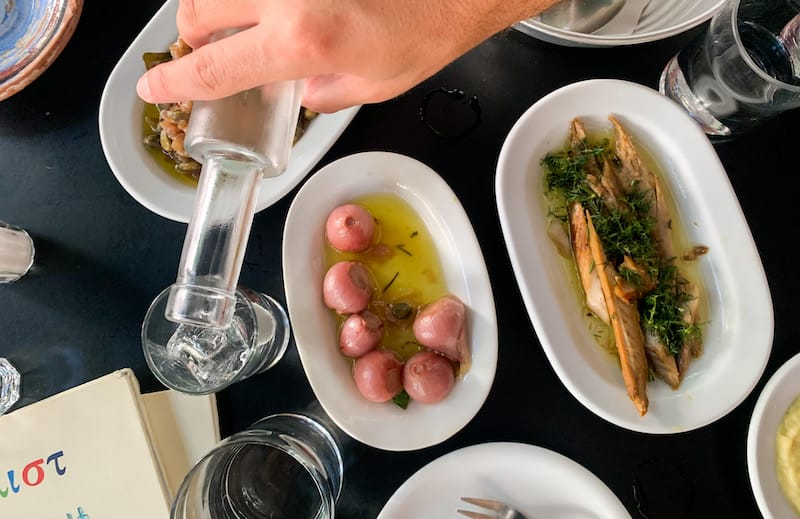Dear Culinary Backstreets,
I am very confused regarding drinking over in Athens. Do Greeks even drink ouzo anymore? If so, when do they drink it? Also, my friends have told me something called “tsipouro” is more popular these days – what’s that drink all about?
Greeks are still drinking ouzo, but the reality is that they don’t drink it as much as they used to. Still, ouzo – an aniseed-flavored aperitif – remains the country’s most famous drink. In fact, it is now a product with a “Protected Designation of Origin,” which means no one else in Europe can produce it (except Cyprus), much like Champagne cannot be produced anywhere else except the Champagne region in France.
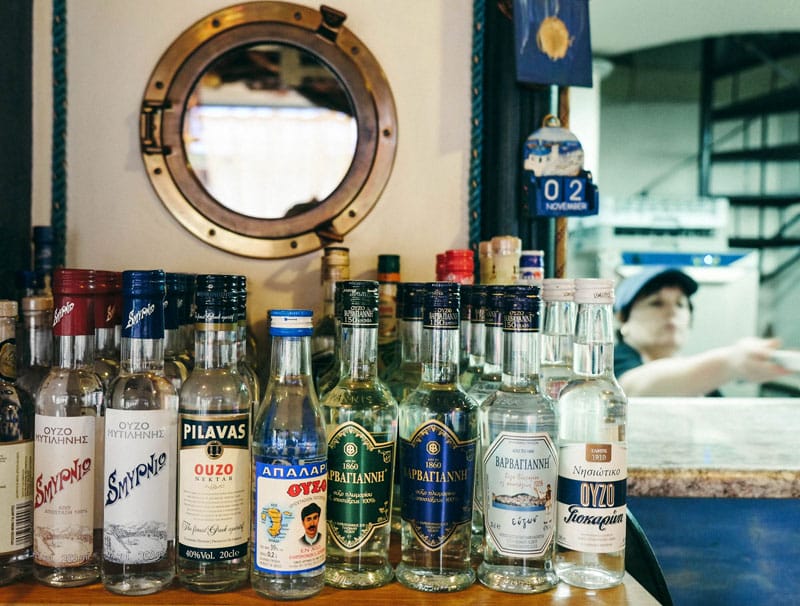
How to drink it, though? Back when I was a student in Scotland, some of my friends begged me to bring them a bottle of ouzo and then to my absolute disgust, proceeded to drink it as shots or mixed with orange juice. In Greece, ouzo is consumed diluted with water or ice, which turns it a cloudy white, and accompanied with mezes. It is not so much drunk as sipped.
The drink is mainly produced in the northern Aegean island of Lesbos, home to a number of excellent brands all named after the families that produce them: Pitsiladi, Varvagianni and Giannatsi, to name a few (although some people swear by stuff produced by the Tetteris distillery on the nearby island of Chios). You can find bottles of these brands in most of Athens’ supermarkets.
While ouzo has lost some of its popularity, tsipouro, a strong spirit (45% alcohol) distilled from the residue of crushed grapes, has gained ground all over Greece. There are a couple of excellent brands – Babatzim from Greek Macedonia is especially worth seeking out – but, like with ouzo, most restaurants and meze places offer some sort of house tsipouro.
Beware, there are a few brands of tsipouro that, like ouzo, are flavored with aniseed. In my opinion, this spoils the pleasure of the drink, which has a clear and lovely taste, so ask before you order it at a restaurant or bar. To make things more confusing, sometimes, especially in Crete, tsipouro is called raki, although it tastes nothing like the aromatic, anise-flavored Turkish spirit of the same name.
There are a number of places where you can try both ouzo and tsipouro, usually restaurants that specialize in serving meze, such as To Mavro Provato, or Cretan spots that serve top-notch raki (the Greek, not Turkish, kind).
A word of warning: ouzo and tsipouro are extremely high in alcohol but also extremely easy to drink, so if you’re not careful you may find yourself quite drunk without realizing what happened. Dealing with the consequences of that is the subject of a different advice column. – Despina Trivolis
This article was originally published on December 4, 2012, and has been updated to include a video.
 May 23, 2014 To Mavro Provato
May 23, 2014 To Mavro Provato
There is something magical about the area where To Mavro Provato is located, near the […] Posted in Athens March 4, 2024 To Hohlidaki
March 4, 2024 To Hohlidaki
Even though Athens is fairly close to the sea, there are times when we crave a quick […] Posted in Athens May 30, 2023 Agriolouloudo
May 30, 2023 Agriolouloudo
Introduced during Ottoman times, the kafeneion – the old-fashioned kind of coffee house […] Posted in Athens
Published on November 28, 2014
Related stories
May 23, 2014
AthensThere is something magical about the area where To Mavro Provato is located, near the rather mysterious Proskopon Square in Pagrati. The square itself, hidden behind Vasileos Konstantinou Avenue, is usually dark even in the daytime thanks to the tall shady trees that fill it. At night, amidst an almost green glow from the trees,…
March 4, 2024
Athens | By Katherine Whittaker
AthensEven though Athens is fairly close to the sea, there are times when we crave a quick island getaway – to taste the best tomato salads of the Cyclades, or one of the many pungent cheeses of Naxos or real smoked apaki from Crete, but we don’t have the time (or resources) to venture out…
May 30, 2023
AthensIntroduced during Ottoman times, the kafeneion – the old-fashioned kind of coffee house – has long been a fixture in Greece. By 1860, Athens already had more than 100 establishments that were serving what has been called both Greek coffee and Turkish coffee (name debates aside, we can all agree that it’s more or less…


















